#Diane Venora
Text


Heat - 1995 - Dir. Michael Mann
#movie#hat#heat#heat 1995#michael mann#Robert De Niro#neil mccauley#Al Pacino#Val Kilmer#Diane Venora#Ashley Judd#Amy Brenneman#Natalie Portman#Tom Sizemore#Kevin Gage#Jon Voight#Danny Trejo#Henry Rollins#Wes Studi#Dennis Haysbert#Hank Azaria#aat#and after that#Heat - 1995 - Dir. Michael Mann
34 notes
·
View notes
Photo

ROMEO + JULIET 1996
And when I shall die, take him and cut him up in little stars, and he will make the face of heaven so fine that all the world will fall in love with night and pay no worship to the garish sun.
#romeo + juliet#1996#leonardo dicaprio#claire danes#dash mihok#harold perrineau#brian dennehy#paul sorvino#paul rudd#christina pickles#diane venora#pete postlethwaite#john leguizamo#vondie curtis hall#zak orth#jamie kennedy#jesse bradford
89 notes
·
View notes
Photo

#william shakespeare's romeo + juliet#romeo + juliet#leonardo dicaprio#claire danes#brian dennehy#john leguizamo#pete postlethwaite#paul sorvino#diane venora#miriam margolyes#harold perrineau#baz luhrmann#1996
42 notes
·
View notes
Text
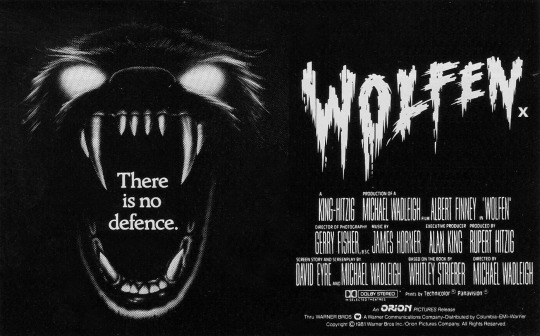
Wolfen (1981)
#wolfen#albert finney#diane venora#edward james olmos#1981#1980s movies#michael wadleigh#horror#vintage movie ads
29 notes
·
View notes
Text

Directing Scheming...?
40 notes
·
View notes
Photo
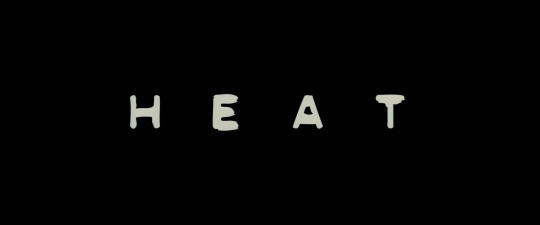
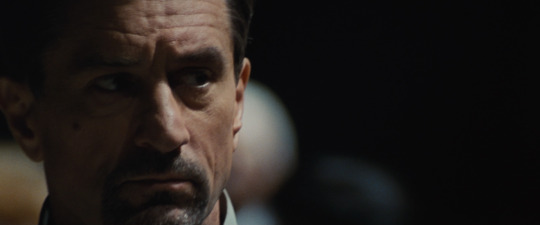


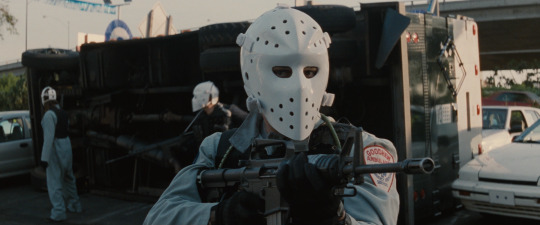

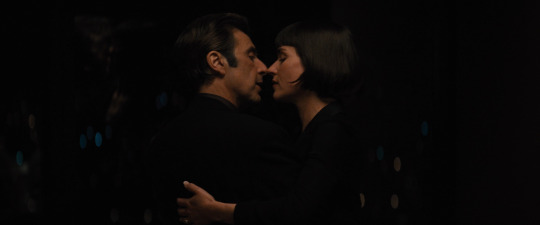


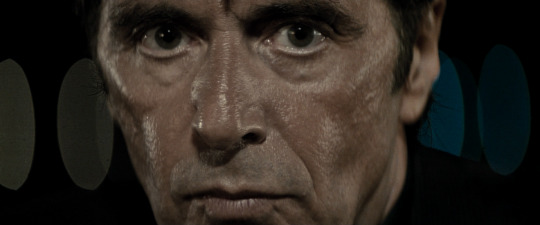
Heat (1995)
79 notes
·
View notes
Text
267 - Heat (with Roxana Hadadi!) (Patreon Selects)
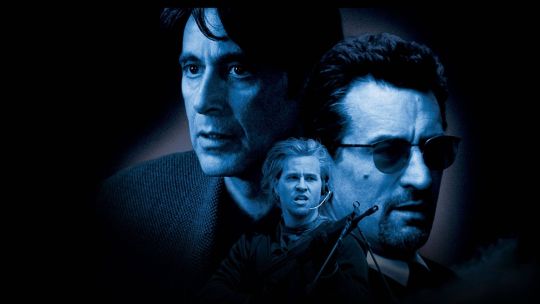
This week, our first film selected by one of our sponsor-tier Patreon subscribers arrives, and we brought back Vulture's Roxana Hadadi to celebrate. In 1995, audiences were hyped to finally see an onscreen showdown between Al Pacino and Robert DeNiro in Michael Mann's Heat. But what promised to be a standard actioner on paper (on top of a battle of titans) was in actuality an existential tone poem on masculinity, with audiences feeling let down by the lack of fireworks in Pacino and DeNiro's brief but mighty scene. The film has since been reassessed, earning a vocal and devoted fanbase that hail the film as Mann's masterpiece.
This week, we talk about Mann's work studying the masculine mind and Pacino and DeNiro's 1990s periods. We also talk about Val Kilmer's Batman year, how the 1995 Oscars largely rejected darker material, and our thoughts on Mann's Ferrari.
Topics also include bisexual eyebrow piercings, our diner orders, and the Nyad towel.
Links:
The 1995 Academy Awards
Roxana on Jacob Elordi's Saltburn Eyebrow Piercing
Vulture Movies Fantasy League
Subscribe:
Patreon
Spotify
Apple Podcasts
Google Play
#Michael Mann#Heat#Al Pacino#Robert DeNiro#Val Kilmer#Ashley Judd#Natalie Portman#Jon Voight#Tom Sizemore#Amy Brenneman#Diane Venora#Mykelti Williamson#Wes Studi#Dennis Haysbert#Ted Levine#Tom Noon#William Fichtner#Danny Trejo#Hank Azaria#Tone Loc#Henry Rollins#Bud Cort#Best Actor#Best Director#Academy Awards#Oscars#movies#MTV Movie Awards#Tom Noonan
8 notes
·
View notes
Photo

Romeo + Juliet (1996)
This is a Movie Health Community evaluation. It is intended to inform people of potential health hazards in movies and does not reflect the quality of the film itself. The information presented here has not been reviewed by any medical professionals.
Romeo + Juliet has multiple scenes with emergency vehicle strobe lights at night. The first 2 minutes have almost constant rapid edits that may create a strobe effect. There are patterned lights at the beginning and end of an early party. There are some strobes of lightning shortly after rain starts falling just past the halfway point, and these extend into indoor scenes.
As a stylization choice, cameras shake, zoom, and otherwise move very fast on occasion. This mostly occurs during louder scenes.
Flashing Lights: 8/10. Motion Sickness: 6/10.
TRIGGER WARNING: As warned about from the opening scene, and accurate to the original play, the story ends with two deaths by suicide.
Image ID: A promotional poster for Romeo + Juliet
#Movie Health Community#Health Warning#Actually Epileptic#Photosensitive Epilepsy#Seizures#Migraines#Motion Sickness#20th Century Fox#Romeo + Juliet#November#1996#Leonardo DiCaprio#Claire Danes#Brian Dennehy#John Leguizamo#Pete Postlethwaite#Paul Sorvino#Diane Venora#Baz Luhrmann#Rated PG-13
24 notes
·
View notes
Text
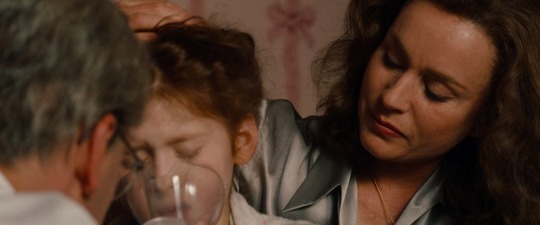

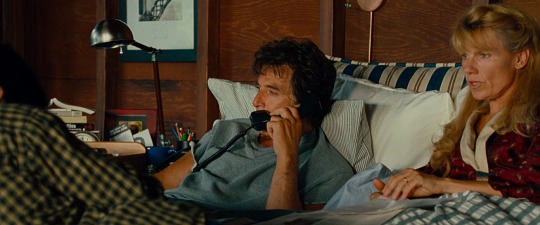


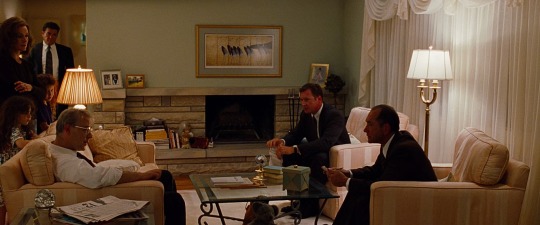
The Insider (1999), dir. Michael Mann.
23 notes
·
View notes
Text
BLOGTOBER 10/17/2022: WOLFEN
WOLFEN is a fascinating thriller that is unflaggingly compelling in spite of its somewhat clunky social commentary. Its broad indictments of manifest destiny, and of the scourge of capitalism, are easily grasped in comparison with the collection of details and red herrings one has to chew through to get to the heart of this murder mystery about a series of apparent animal attacks plaguing New York City. Political aspirations aside, though, the visually stunning film is as much about the nature of perception as it is about anything else.

Adapted from a Whitley Strieber novel by director Michael Wadleigh (best known for the Oscar-winning documentary WOODSTOCK) and David M. Eyre, Jr., WOLFEN begins with the bizarre murder of an elite business mogul. The police have identified a revolutionary terrorist group as the guilty party, but the unusual killings continue with other, more innocent, less fortunate victims. Captain Dewey Wilson (Albert Finney) realizes that there is more to the story when he discovers that these specific acts of violence could only have been perpetuated by wolves—and further evidence ties these slayings to Eddie Holt (Edward James Olmos), a Native American who claims he can shape-shift into an animal form.
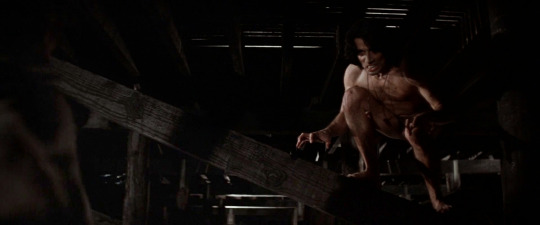
Wilson may be an enforcer for white, capitalist civilization, but he himself is only half-domesticated. He has been retrieved from an early retirement to work this case following an unspecified personal implosion, and his cagey demeanor suggests that whatever traumatized him then isn't done with him yet. When his reluctant partner, criminal psychologist Rebecca Neff (Diane Venora), asks why he became a cop, he replies, "I like to kill. It's a habit I picked up, and it's hard to shake." When she presses him, he first claims that he simply wounded a fellow officer while cleaning his gun; when she asks again if he's really killed before, he replies, "Why don't you ask how many?" We never find out exactly what is haunting Captain Wilson, but the film makes a sharp distinction between the importance of what we are told, versus what we perceive.

Coroner Whittington (Gregory Hines) introduces Wilson and Neff to a zoologist named Ferguson (Tom Noonan), who puts the team onto the idea that the murders most resemble wolf attacks. Ferguson is a classic wolf nerd, which is a whole Type in my personal experience: a usually-male fan of the species who jealously lauds Canis lupus's advanced form of society and perceived nobility, along with their hunting prowess. And, like many wolf nerds, Ferguson has a fetishistic attitude toward Native Americans, onto whom he transposes many of the qualities he so admires in his favorite animal. He seems to accept the notion of shape-shifters, too, as he excitedly declares, "The body is just a physical expression of the soul…reality is just a state of mind!"

In WOLFEN, reality is linked less to accumulated legal evidence, and more to the senses, which are extended in various ways. One of its more fantastical elements is the state of police surveillance, which involves a high tech command center that looks like something out of GHOST IN THE SHELL. In addition to the ability to monitor parts of the city, they are able to monitor the inside of a person, as Neff rakes various terrorist suspects over the coals in a chamber that is alive with finely tuned sensors. "The whole room is a lie detector!" its operator remarks, as he reviews thermographic readouts and voice analyses, looking for signs of stress and deception. These borderline sci-fi touches are unusual in the werewolf genre, which is usually rather earthy. However, the somewhat trippy aesthetic of these scenes is mirrored by the innovative, infrared-like photography (later used in PREDATOR) that represents the roving wolves' first-person point of view.

WOLFEN'S innovative ways of depicting sensory perception are complimented by the vision it offers of New York City, which is rarely accessible for most people. The wolves' hunting ground is the South Bronx, which in 1981 resembled the Berlin of 1945, utterly devastated and abandoned by all but the most desperate survivors. Even if you are aware of the state of such places and how they got that way, Gerry Fisher's extensive photography of this location from above and below is deeply shocking. In contrast, Fisher also gives us a stunning view of prosperous lower Manhattan from the very peak of the Brooklyn Bridge, from which Eddie Holt and other Native construction workers can see how the other half lives.
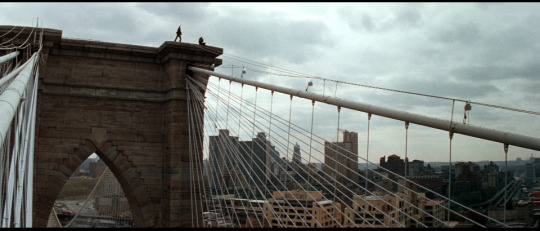
Late in the film, a battered and beleaguered Wilson wanders into the Wigwam Bar, a dive populated by Eddie's community. There, he hears about the Wolfen, semi-divine shapeshifters that the police cannot hope to defeat. "You've seen them, haven't you?" Eddie says, observing Wilson's fascinated acceptance of this story. The spell is suddenly broken by another man, who remarks dryly, "This is all just Indian jive. We've been watching too many cowboy movies!" Eddie sneers ironically at Wilson as he chimes in, "Don't even think about believing any of this shit. It's the 20th century. We got it all figured out." In this scene, the key point is about what Wilson has seen. His direct, sensory experience is elevated in importance above data, documentation, circumstantial evidence, and cultural prejudices about the nature of reality. Those other, indirect items that make up our perceptions, but that do not belong to us, are a part of how larger forces control the narrative of what happened to the Native population of America, and what still happens to places like the South Bronx.
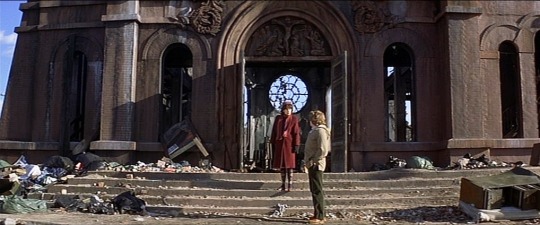
#blogtober#blogtober 2022#wolfen#horror#supernatural#werewolf#shapeshifter#folk horror#native american#michael wadleigh#whitley strieber#adaptation#thriller#gerry fisher#albert finney#diane venora#david m. eyre jr#tom noonan#gregory hines#edward james olmos
21 notes
·
View notes
Text
Just finished to re-watch the movie Heat for the second time,I think It's need a third time and maybe a fourth.
10 notes
·
View notes
Photo

#heat#al pacino#robert de niro#val kilmer#tom sizemore#diane venora#amy brenneman#ashley judd#mykelti williamson#wes studi#ted levine#jon voight#michael mann#1995
16 notes
·
View notes
Text
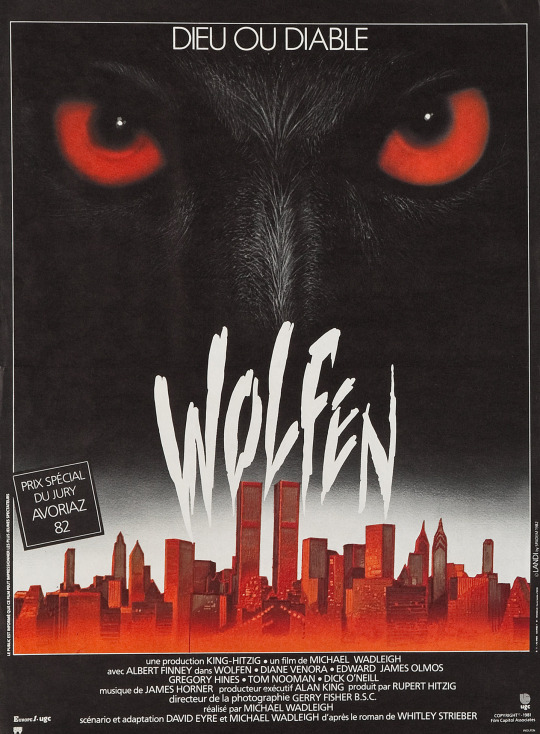
Wolfen (1981) - Belgian Poster
#wolfen#albert finney#diane venora#edward james olmos#1981#1980s movies#michael wadleigh#horror movie poster
44 notes
·
View notes
Text
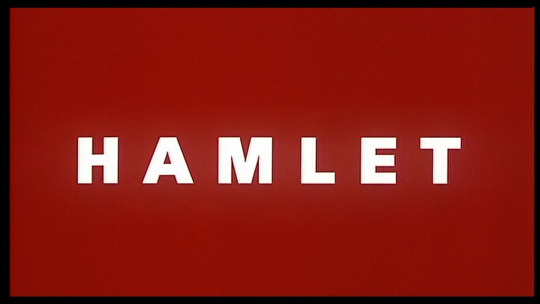



youtube
Hamlet (2000)
My rating: 7/10
Of all the "Shakespeare in The Modern Day (TM)" adaptations that followed Romeo + Juliet, this may be the only one that rivals its predecessor in sheer commitment to its very silly bit, and therefore one of the most entertaining. It's also unintentionally hilarious, of course, what with the 2000 of it all (I mean. Blockbuster goddamn Video is basically a supporting character in this.), but that does not hurt the entertainment value any.
2 notes
·
View notes
Photo

Wolfen (1981)
by Michael Wadleigh
#1980s movies#horror#werewolf#whitley strieber#albert finney#diane venora#New York City#South Bronx#edward james olmos#solarized
13 notes
·
View notes
Photo




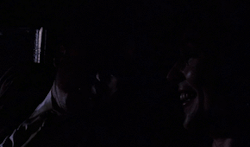

Bird: the brief but impactful musical journey of legendary jazz saxophonist, Charlie "Bird" Parker, is chronicled in this inspired biopic. Brilliantly directed by Clint Eastwood, much of the film revolves around the artist’s life offstage with his common-law wife, Chan Parker!
#scenes#1980s#musicals#bird#black cinema#forest whitaker#charlie parker#diane venora#romance#clint eastwood
10 notes
·
View notes